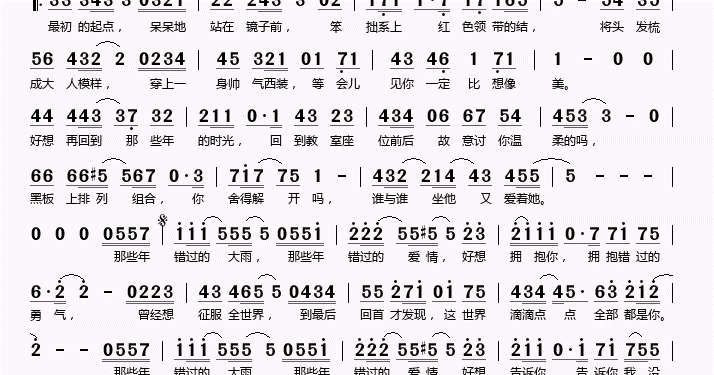

"Music expresses that which cannot be said and on which it is impossible to be silent"
Victor Hugo
World Flutes

Native American Flutes
You can learn to play the Native American Flute by joining a Flute Circle. Visit Washington Flute Circle for more information about Flute Quest and flute circles in Washington State. Also, check out the Flutopedia website for extensive information on Native American Flutes and history. The World Flute Society has information about flute circles, world flute artists, world flutes, and the annual World Flute Convention. Click on the images below to learn more.
Washington Flute Circle
I have added some videos from the 2016
Native American Flute Quest for you to check out.
Randy Granger performing "Ghost Dancers" at Flute Quest 2016
Randy Granger playing "Apache Tears" at Flute Quest 2016
Joseph L. Young performing "Blue Lizard" at Flute Quest 2016
Paul Kara Ross & Randy Granger Improv at Flute Quest 2016
Paul Kara Ross performing "Sunrise" at Flute Quest 2016
Rona Yellow Robe featuring Greg Hammock with Bruce Witham playing "Same River Twice" at Flute Quest
Chinese Dizi Flute
The Chinese Dizi Flute is usually made of bamboo, but also comes in rosewood and sandalwood. It is similar to the silver flute in that it is a transverse flute. It utilizes a small piece of bamboo membrane that is glued to one of the holes (dimo hole in picture to the left) on the flute to give it a unique sound. It comes in a variety of sizes for different pitches.


Chinese music is written using the numbered musical notation called Jianpu. The numbers refer to the degree of each note on the scale. The lines designate the length of the notes. The dots above and below the numbers indicate which octave to play the note.

Misty Rain of Jiangnan Chinese Traditional Music Instruments: Pipa (Chinese Lute) and Dizi (Chinese Flute)
Forest Rhapsody on dizi flute
You Fly to the Other Side of the City
Dizi Flute Solo with traditional Chinese Orchestra



